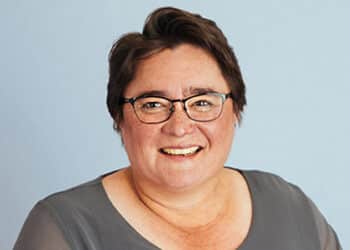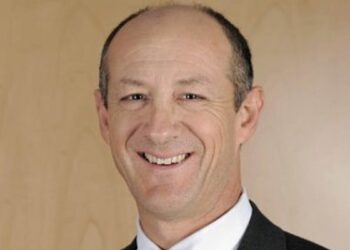Tim Miller, head of education for Smarter SMSF, told SMSF Adviser there is often some confusion around adding capital to a pension, especially when a member starts a transition to retirement income stream (TRIS).
“SMSF trustees are often confused when starting a TRIS as it is considered a pension for interest purposes but not for tax purposes,” he said.
Miller said there are rules around pension standards that must be met, and one of those is the prohibition of using money for borrowings.
“A pension can only revert to someone to whom the law allows, and one of the main requirements is that you can’t add capital to a pension account, which means you cannot make contributions to that account,” he said.
“Once you start a pension and if you have money sitting in an accumulation account, you can’t just roll that into the pension account. What you would have to do is stop the pension, put the money in from the accumulation account and start a new pension.”
He continued that in 2018, the Australian Taxation Office released a regulatory bulletin that offered guidelines on how reserves that members may have had in their accounts could be allocated.
“Prior to 2018, there were probably several different views as to whether you could make an allocation from a general reserve to a pension account, but that ruling kiboshed that and said it’s not possible unless it’s a complying pension where the whole thing is considered to be reserve. However, from any accounts-based pension, you cannot make an allocation from a reserve,” he said.
There are two takeaways from this ruling, he said, the first being that members must ensure they have the appropriate amount of capital in their accumulation account in order to commence a specific pension.
“But importantly, from an estate planning point of view, if you want to separate things like existing taxable components from future non-concessional components to a more of a tax-free style pension, then it is best to try and utilise the rules to your advantage,” he said.
“For example, you can start a pension with existing capital before making a contribution, then you can make contributions into an accumulation account to trigger a new pension that would be 100 per cent tax-free.”
Miller continued that a member could keep contributing to their accumulation account up until the age of 75 years.
“Let’s say you have some money sitting in your accumulation account that’s a mixture of tax-free and taxable components because it’s got your employer contributions and you meet a condition of release [to start a pension]. Then you may want to add something like a downsizer contribution into superannuation, which you would deposit into an accumulation account, which is tax-free,” he said.
“You can then start a second pension with that and lock it in that 100 per cent tax-free environment. There is no limit to the number of pensions you can start, but you must only have one accumulation account.”


